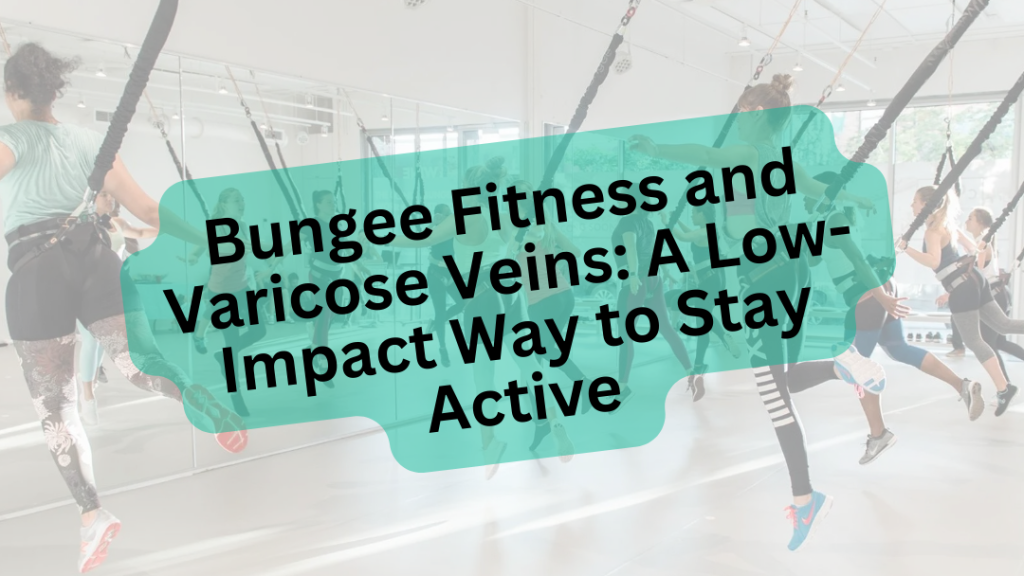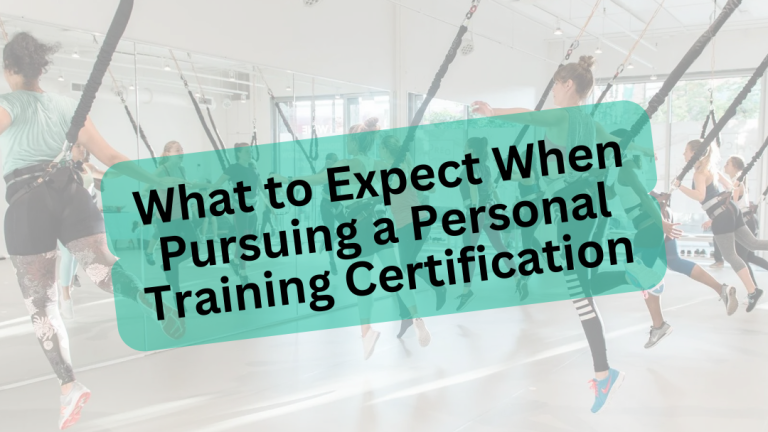Bungee Fitness and Varicose Veins: A Low-Impact Way to Stay Active
Varicose veins are not just a cosmetic issue—they are a genuine health concern that can affect comfort, mobility, and overall quality of life. Millions of people worldwide live with this condition, experiencing symptoms such as swelling, discomfort, and self-consciousness. The encouraging news is that lifestyle choices, especially regular physical activity, can make a significant difference. One innovative and enjoyable way to support vein health is through bungee fitness.

This article explains what varicose veins are, how bungee fitness may help, when it’s time to seek professional advice, and practical steps to promote healthier veins.
Understanding Varicose Veins
Varicose veins are enlarged, twisted veins that typically appear on the legs and feet. They develop when the valves in the veins, which normally help blood flow back toward the heart, become weak or damaged. As a result, blood pools in the veins, causing them to stretch and become more visible.
While often dismissed as a cosmetic issue, untreated varicose veins can sometimes progress to more serious complications.
Common Symptoms
- Prominent, bulging veins that appear blue or purple
- Aching or heavy sensations in the legs, especially after long periods of standing
- Throbbing, cramping, or burning in the lower legs
- Itching or irritation around affected veins
- Swelling in the ankles or feet
Causes and Risk Factors
Several factors can increase the likelihood of developing varicose veins:
- Genetics – Family history plays a strong role.
- Age – Veins and valves naturally weaken over time.
- Gender – Women are more susceptible due to hormonal influences from pregnancy, menopause, or birth control.
- Sedentary habits – Limited movement reduces circulation.
- Excess weight – Added pressure can strain the veins.
- Occupations requiring long hours standing – Nurses, teachers, and retail workers are especially at risk.
Although common, varicose veins are not unavoidable. The right exercise routine can help ease symptoms and reduce further progression. One particularly promising approach is bungee fitness.
Why Bungee Fitness Can Help
Exercise is widely recognized as one of the best non-invasive strategies for supporting vein health. However, not all forms of exercise are equally suitable. High-impact workouts like running or intense aerobics may put extra strain on the legs, which can worsen discomfort for those already dealing with varicose veins.
Bungee fitness offers a safer, low-impact alternative that still provides the cardiovascular and muscular benefits necessary for healthy circulation.
What Is Bungee Fitness?
Bungee fitness involves exercising with the support of a harness attached to bungee cords. These cords provide resistance while also reducing the impact on joints and muscles, allowing participants to perform movements such as jumps, lunges, and squats with ease.
Benefits for Vein Health
1. Better Circulation
Dynamic leg movements combined with cardio-based routines promote healthier blood flow, which helps prevent blood from pooling in the veins.
2. Low Impact on Joints and Veins
The harness support minimizes pressure on the legs, making it a safe option for people prone to vein problems.
3. Stronger Leg Muscles
Exercises like squats and lunges strengthen the calf and thigh muscles, which play a vital role in helping veins return blood to the heart.
4. Weight Management
Maintaining a healthy weight reduces unnecessary pressure on the veins. Bungee fitness is an effective calorie-burning workout that supports this goal.
5. Flexibility and Endurance
The movements involved in bungee training improve flexibility and stamina, both of which aid circulation and overall mobility.
6. Encourages Consistency
Because bungee workouts are engaging and fun, people are more likely to continue exercising regularly—an important factor in long-term vein health.
With these combined benefits, bungee fitness can be a valuable part of a healthy lifestyle for anyone looking to manage or prevent varicose veins.
When to Consult a Specialist
While exercise and lifestyle improvements are important, medical attention is sometimes necessary. Ignoring advanced symptoms of varicose veins can lead to complications such as skin changes, ulcers, or blood clots.
Signs It’s Time to Seek Medical Advice
- Persistent pain, swelling, or heaviness in the legs
- Skin darkening, thickening, or irritation near the veins
- Open sores or ulcers around the ankles
- Rapid increase in the size or number of varicose veins
- Veins that feel hard, warm, or tender to the touch
Treatment Options
If recommended, a specialist may suggest:
- Compression stockings – To support circulation and reduce swelling.
- Sclerotherapy – An injection treatment to close affected veins.
- Laser therapy – Non-invasive light treatments to shrink veins.
- Radiofrequency or endovenous laser procedures – Minimally invasive techniques to seal veins.
- Surgical options – Reserved for severe or complex cases.
A vein specialist can help determine whether lifestyle adjustments, exercise, or medical treatment—or a combination—offers the best solution.
Final Thoughts
Varicose veins are common, but they don’t have to control your daily comfort or confidence. By understanding the causes, recognizing the symptoms, and making proactive lifestyle choices, it’s possible to ease discomfort and protect long-term vein health.
While no workout can guarantee prevention, bungee fitness is a safe and enjoyable option that promotes circulation, strengthens muscles, and supports consistency in physical activity—all key factors in vein health.
For those already experiencing significant symptoms, professional guidance is essential. A combination of medical care and lifestyle adjustments often provides the most effective results.
Taking steps today to care for your veins—through exercise, healthy weight management, and when necessary, medical treatment—can improve both your well-being and quality of life.






